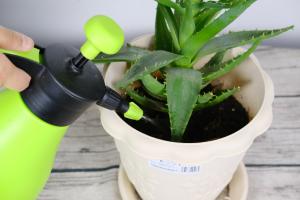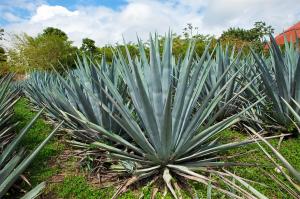Why Are Tomato Plant Leaves Turning Yellow?
Tomatoes are one of the most popular garden vegetables out there. They're easy to grow, full of flavor, and packed with nutrients. However, even the best caretakers can run into problems with their tomato plants. One of the most common issues gardeners face is when the tomato plant leaves start turning yellow. In this article, we'll explore some of the reasons why this might be happening.
Nutrient Deficiencies
Tomato plants need a certain balance of nutrients to grow properly. If there's an imbalance or deficiency in any one of these nutrients, it can cause the leaves of the plant to turn yellow. For example, a lack of nitrogen will cause the older leaves at the bottom of the plant to yellow and wilt, while a lack of magnesium will cause the yellowing to start at the tips of the leaves and move inwards.
To prevent nutrient deficiencies, it's important to make sure your tomato plants are getting a well-balanced fertilizer. You can also avoid over-fertilizing, which can harm the plant just as much as under-fertilizing. Additionally, keeping the soil pH in the correct range can help ensure the nutrients are being properly absorbed by the roots.
Overwatering or Underwatering
Tomato plants need a consistent amount of moisture to thrive. If they're consistently overwatered or underwatered, it can cause the leaves to turn yellow. Overwatering can lead to root rot, which in turn affects the plant's ability to absorb nutrients. Underwatering can cause wilting and damage to the cell structure of the leaves.
To avoid these issues, it's important to water your tomato plants regularly and consistently. Make sure the soil is moist but not waterlogged, and avoid letting the plant dry out completely between waterings.
Pests and Diseases
Tomato plants can fall prey to a variety of pests and diseases that can cause the leaves to turn yellow. Common culprits include spider mites, aphids, and whiteflies. Diseases like fusarium wilt and verticillium wilt can also cause yellowing leaves.
To prevent pests and diseases, it's important to practice good garden hygiene. Keep the garden clean and free of debris, and remove any diseased plant material immediately. Additionally, try to choose disease-resistant varieties of tomato plants, and make sure to rotate your crops each year to avoid a buildup of soil-borne diseases.
Conclusion
Yellowing tomato plant leaves can be a frustrating problem, but it's important to remember that it's usually a symptom rather than a cause. By understanding the reasons why your tomato plant leaves are turning yellow, you can take steps to address the underlying issue and get your plants back on track to producing delicious, healthy tomatoes.

 how many times do yo...
how many times do yo... how many planted tre...
how many planted tre... how many pine trees ...
how many pine trees ... how many pecan trees...
how many pecan trees... how many plants comp...
how many plants comp... how many plants can ...
how many plants can ... how many plants and ...
how many plants and ... how many pepper plan...
how many pepper plan...































